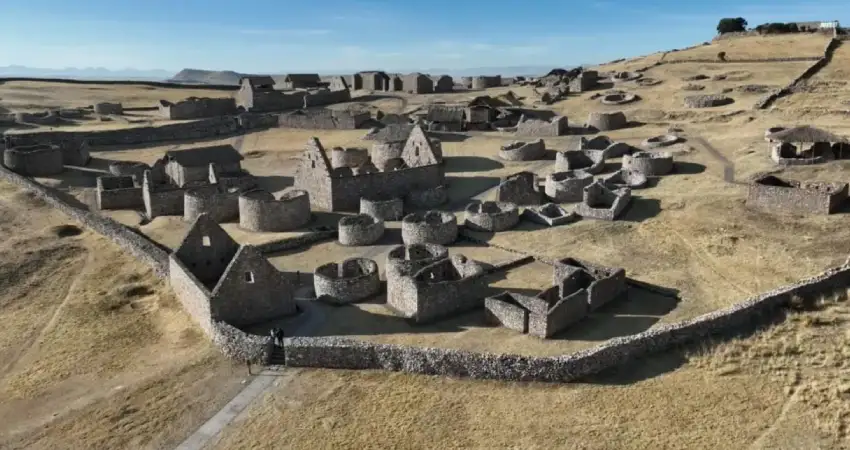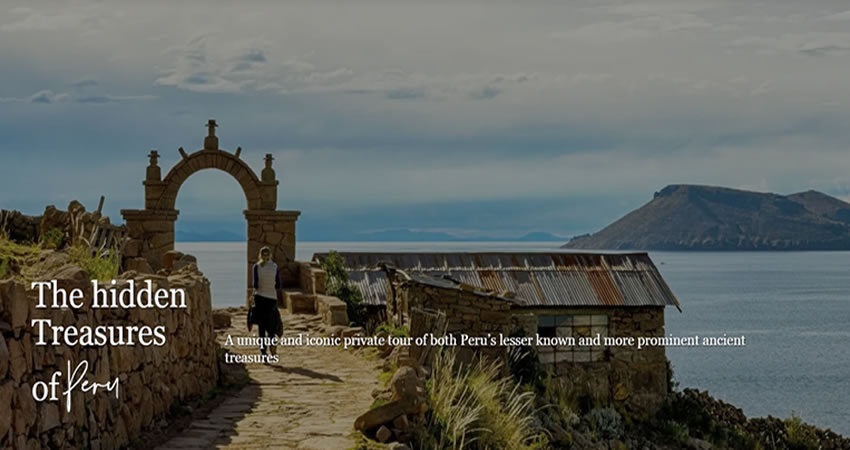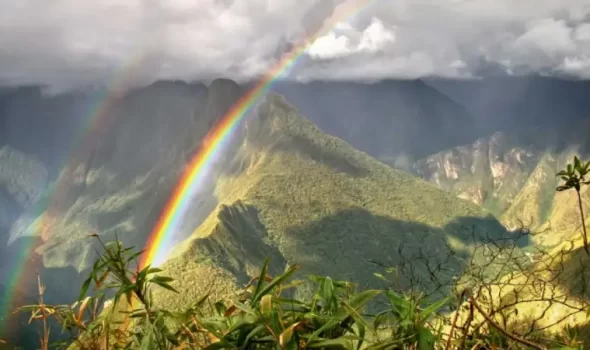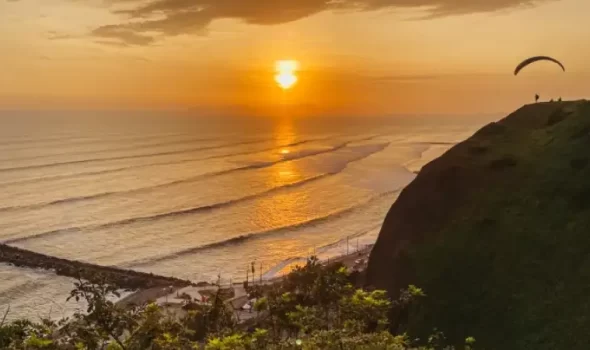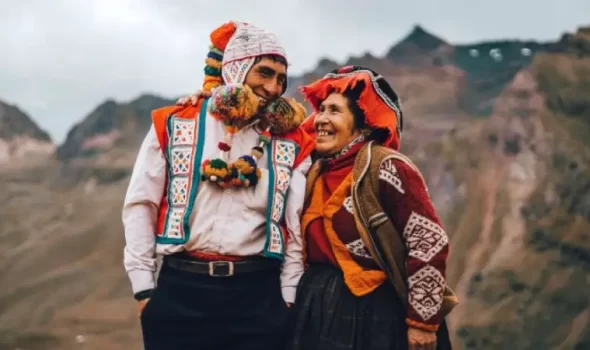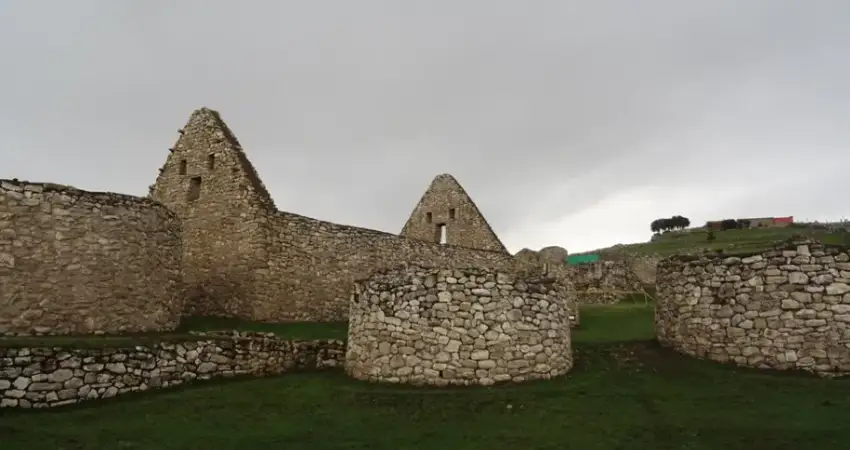
1.- INTRODUCTION TO KANAMARCA CUSCO
The archaeological center of Kanamarca Cusco is located in the community of Chani in the district of Alto Pichigua in Espinar, 15 km from the town of Yauri to more than 3950 meters above sea level. The name Kanamarca Cusco comes from the Aymara language, K’ana which translates as braided and Marca which means Village which translates as Braided or Intertwined Village which relates it directly to the territory of the Qollas.
Before the arrival of the Incas, the area where Kanamarca Cusco is located was home to the K’ana culture who were eventually subdued by the Inca culture and thus became one of the main elements of war against other enemy villages such as the Chancas. Currently it is possible to see how the archaeological center of Kanamarca espinar extends over 1 hectares of land and contains several buildings that are clearly not of Inca origin as they are rougher in the finishes and mostly used a mud mortar, however there are others that if they have the characteristics of being Inca architecture by the details that are known to be more related to religious aspects.
The base structure of Kanamarca Cusco are rectangular formations with large dimensions between 3 to 8 meters with an average height of 7 meters, although there are also others with restangular base that are believed to have had a storage purpose. However what stands out and highlights Kanamarca Cusco is that during the year 2006 the archaeologist Bernardo Aparicio found during an excavation and research a burial chamber in one of the enclosures inside Kanamarca Cusco, what was determined was that the chamber was made of finely worked ashlar stone and inside was also found a Chullpa made of stone.
| “Collect memories, not things.” |
2.- ORIGINS OF KANAMARCA CUSCO
2.1.- Pre-Inca Period
It includes from the pre-ceramic period of Espinar, occupied by the Yauri human settlement which is also known as the oldest settlement in the region with more than 5000 years old, mainly inhabited caves and rocky sectors, proof of this are undoubtedly the cave paintings with fragments of everyday scenes such as raising camelids, This is also the origin of the K’ana population that was formed by many human settlements such as the Pichiwas, Koporaquis, Languis, Qewes Pampamarkas, Ayawiras, Cavanas and Choquepiqllo having as its capital Hatun K’ana which is where Pichigua is currently located.
2.2.- K’ana People
It was formed by 4 main ayllus (K’anas, Qanchis, Ayaviris and Cabiñas) who were influenced by the Wari and Tiahuanaku cultures. However, with the passage of time after the fall of the Wari culture everything was centralized in the K’ana population, this town of Aymara origin had as administrative capital Kanamarca espinar and the main huaca was located in Ancocagua.
2.3.- Inca Period
With the passing of time Kanamarca Cusco and all the K’ana population were subdued by the Inca culture and became part of the Tawantinsuyo empire adopting the name of K’ana Wamani or K’ana National. It was the same Inca ruler who transmitted a message to the leaders of the K’ana people to give in peacefully instead of starting a bigger conflict, in this way a ceremony was held in the main huaca where the members of the K’ana people attended in the best way with jewelry and fine clothes to make themselves available for the service of the Inca culture.
2.4.- Colonial Period
With the arrival of the Spaniards, a new style of organization was introduced to the system that was managed within the Tahuantinsuyo, thus creating the encomiendas and the corregimientos. This is how Pichigua, Yauri, Coporaque and Aconcagua were integrated to the corregimiento of Canas. With the passage of time these villages were consolidated as there are stable light taking them as the basis of unity for a social organization on what was already taken into account as reciprocity and redistribution of land, as we know in the process of history Andean people were subjected to hard work thus ending the rights of political and civil life at the same time and establishing a system of payment as tribute in this way they were forced to provide labor as a form of payment in some cases these people were destined for more demanding jobs such as mines.
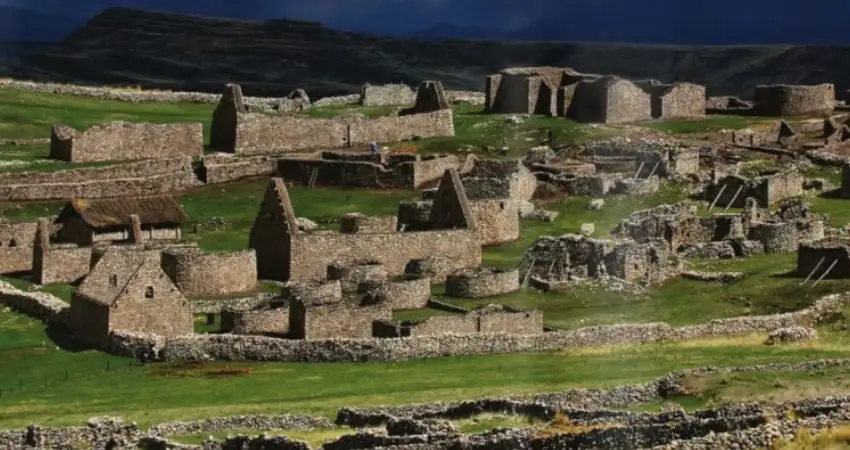
3.- INTERIOR OF KANAMARCA CUSCO
3.1.- Main Temple
Located in the sector of Tupac Yupanqui inside the archaeological center of Kanamarca Cusco, this building belongs to the colonial era and has the particularity of being the largest enclosure of the entire archaeological center contains two places of access however one is covered prohibiting access also you can see high windows with distinctive trapezoidal and high relief elements on the walls, It is known that the place was used to house the bodies of the upper class within the K’ana population, which is why this place was chosen to build the temple on top of it.
3.2.- Kallankas
A set of structures with incredible dimensions, they have the particularity of having a rectangular shape with sizes of 15 and 20 m long and eight to 10 m wide in addition to having 9 m high, these buildings had a multifunctional purpose since the space was used for social, religious and political aspects.
3.3.- Urban enclosures
Characterized mainly for being the constructions that have circular plants and others of rectangular plant fulfilling the specific function of being houses or workshops where daily activities were carried out, it is here where most of the K’ana population lived.
3.4.- Funerary structures
Inside the enclosures is also found a variety of structures with funerary contexts that housed mainly people of the upper class, among the most famous findings that have been found during excavations are the lady of Kanamarca which was discovered in 2004, it is believed that this was a priestess of the upper class as it is also I objects such as ceramics, seashells and ceremonial objects.
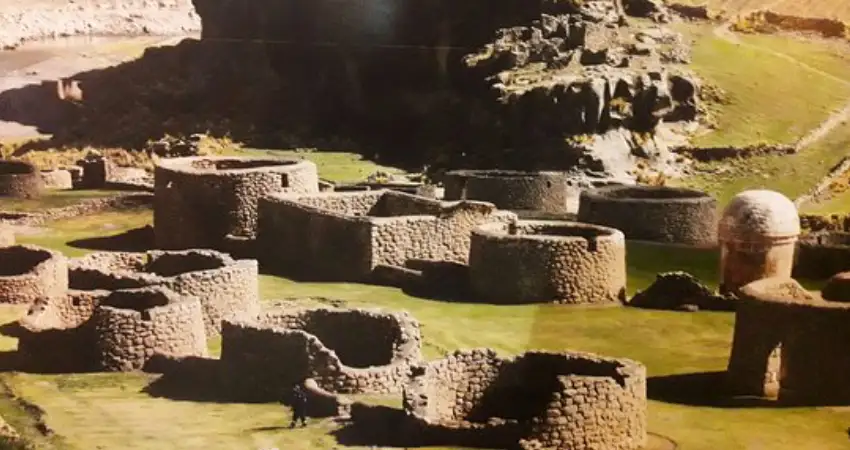
4.- HISTORY THAT TRANSCENDS TIME
“The population of Kanamarca Espinar was called the warrior village of the Inca culture because it was formed by brave men who are recognized for preserving their warrior spirit being one of the most important allies for the Inca culture during times of war.”
5.- HOW TO GET TO KANAMARCA CUSCO
In order to get to Kanamarca Cusco first get a suitable transport that can take you to Espinar, you can do this directly or hire it with the travel agency with which you planned your stay in Cusco, the trip to Espinar takes about 4 hours but you should not go directly to the village, before arriving to Espinar there is a detour that will allow you to reach the archaeological center of Kanamarca Cusco, the time of this detour is about 10 minutes.
6.- THE BEST TIME TO VISIT KANAMARCA CUSCO
Fortunately, the visit to Kanamarca espinar is possible throughout the year, however it is always a plus to visit during the dry season that occurs between May and October because it is the time of year when the weather is much more stable without sudden changes so you can better enjoy sunny days and clear skies. For those who are looking to have a deeper experience of the history of Kanamarca Cusco this is the best time of the year to be able to visit each of its precincts without haste.
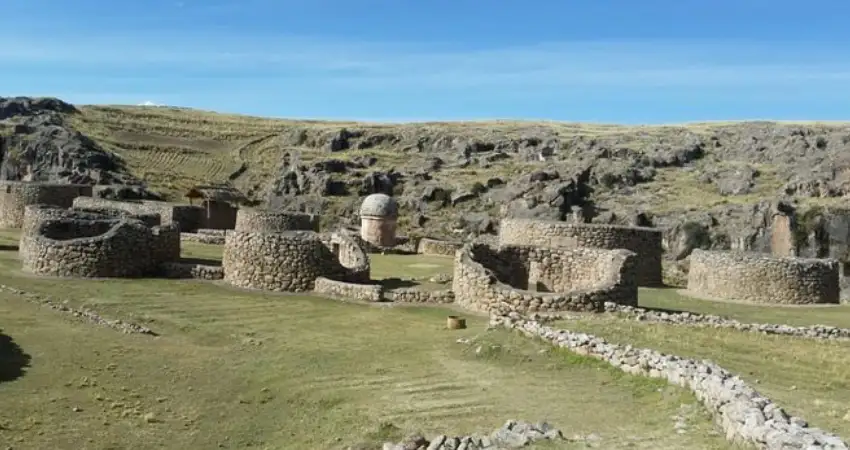
Without a doubt a visit to Kanamarca Cusco during your next vacation is all you need to learn more about the culture and history of the ancient civilizations that existed, if you still don’t know how to add it to your travel itinerary contact now with Auri Peru, our experience and hundreds of satisfied customers is the best proof that we are unique and special to create unforgettable experiences.
“Not all who wander are lost.”




